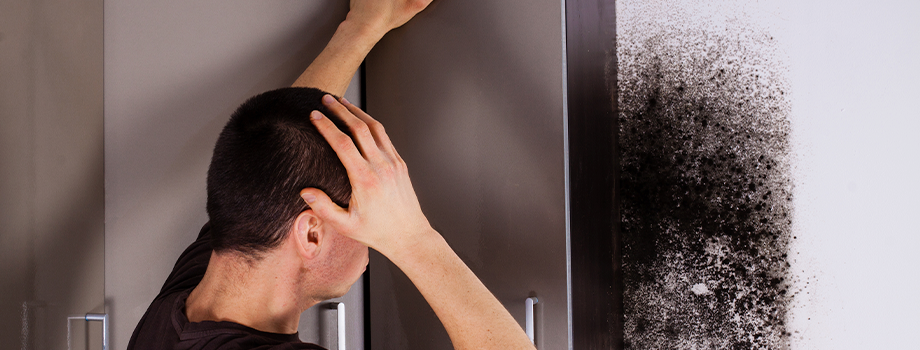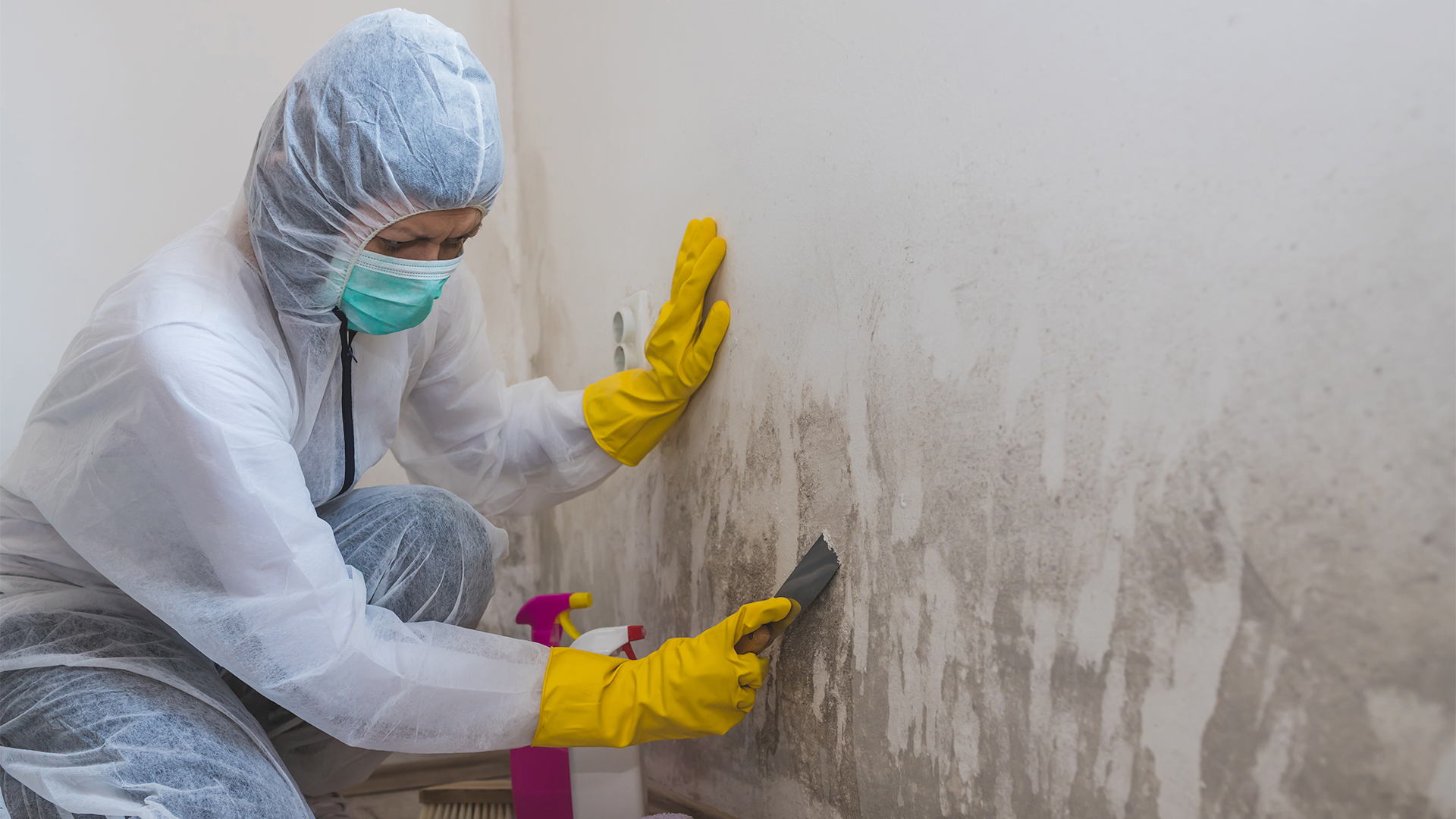Mould: the physical and mental health costs

The effects of damp and mould on the body and mind are just as important as the damage it can do to buildings. Damp and mould in homes can pose serious threats to physical and mental health. Even without visible mould, a damp environment can lead to health issues and complicate existing ones. Mould is harmful in itself – inhaled mould spores can seriously impact respiratory health. This has a knock-on effect that harms people’s mental well-being.
Backed up by the latest government guidance, let’s take a look at the damaging effects that mould and damp conditions can have on us all.
Respiratory effects

Damp and mould primarily affects the airways and lungs, causing symptoms and conditions like:
- Coughing and shortness of breath
- Allergic airway diseases like rhinitis, asthma, bronchitis or COPD
- Increased risk of respiratory system infection like Aspergillosis (caused by common household black mould Aspergillus)
As seen in the case of Awaab Ishak, mould exposure and damp conditions can lead to death in very extreme cases.
A study in 2019 estimated that damp and mould contributed to an estimated 5000 asthma cases and approximately 8,500 lower respiratory infections. These cases comprised children and adults. The data was gathered by cross-referencing the percentage of homes affected by damp and mould from the English Housing Survey with national health data.
Physical effects
Exposure to damp and mould can trigger or worsen other conditions such as:
- Eye irritation which can lead to allergic conjunctivitis
- Skin issues like inflammation or eczema
- Fungal skin infections
These conditions can cause discomfort and further health complications. People with weakened immune systems are most at-risk to these non-respiratory physical effects.
The impact of damp and mould on mental health
Many aspects of life in a damp and mould-ridden environment can lead to poor mental health:
- Unpleasant living conditions
- Damp/mould related property damage
Anxiety and/or depression related to negative health and social effects are also common and can have the following behavioural symptoms:
- Extreme worrying about physical health
- Declining guests due to condition of home
- Anger and frustration at inadequate responses to the mould defect
A continuing damp and/or mould problem can cause a cycle of distress. The damp issue gets worse, which could lead to a physical decline and a deteriorating mental health state.
Vulnerable Groups
Certain groups of people are more vulnerable to the effects of damp and mould on the body:
- Those with pre-existing health conditions (like lung or cardiovascular disease)
- Those with weakened immune systems (like people with cancer or those undergoing chemotherapy)
- People living with a mental health condition
- Pregnant women, unborn babies and people who have recently given birth
- Children
- Elderly people
- Those with mobility problems that limit their access to outdoors
These vulnerable groups face increased health risks and should never be exposed to conditions of damp and mould.
Other barriers to damp and mould reporting
Tenants from specific backgrounds and those facing barriers such as language and literacy issues often struggle to report mould problems. Landlords must actively address these barriers to support affected tenants and ensure their well-being.
Addressing damp and mould in homes is a matter of property maintenance and a crucial step to help maintain high standards of public health. Landlords, local authorities and communities can work together to create healthier living environments for all by understanding the physical and mental health risks associated with damp and mould.
